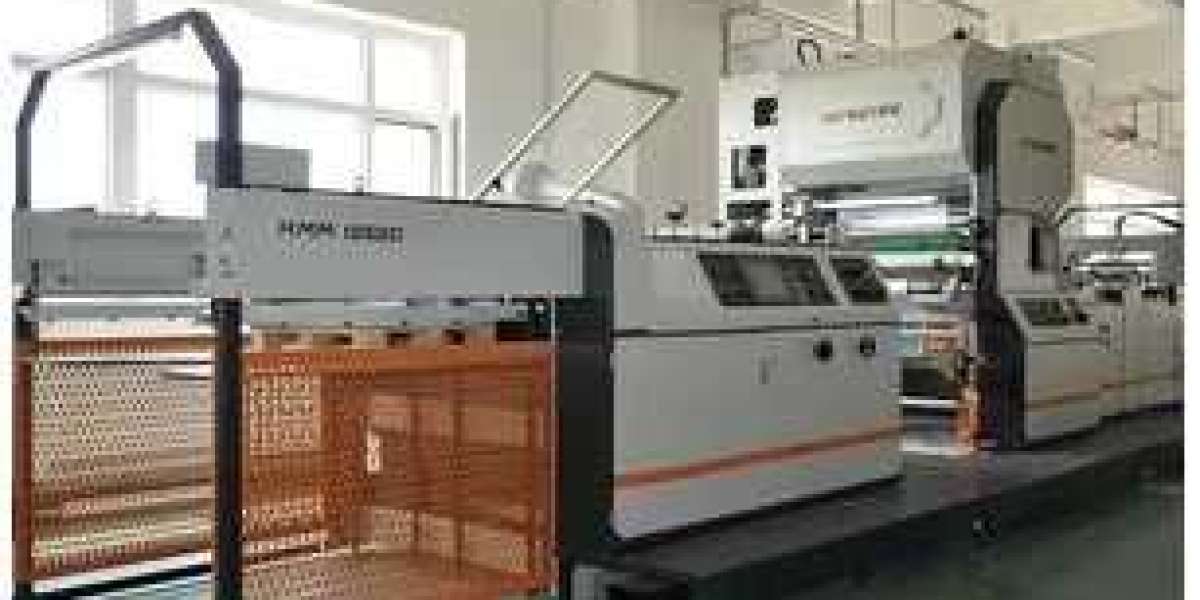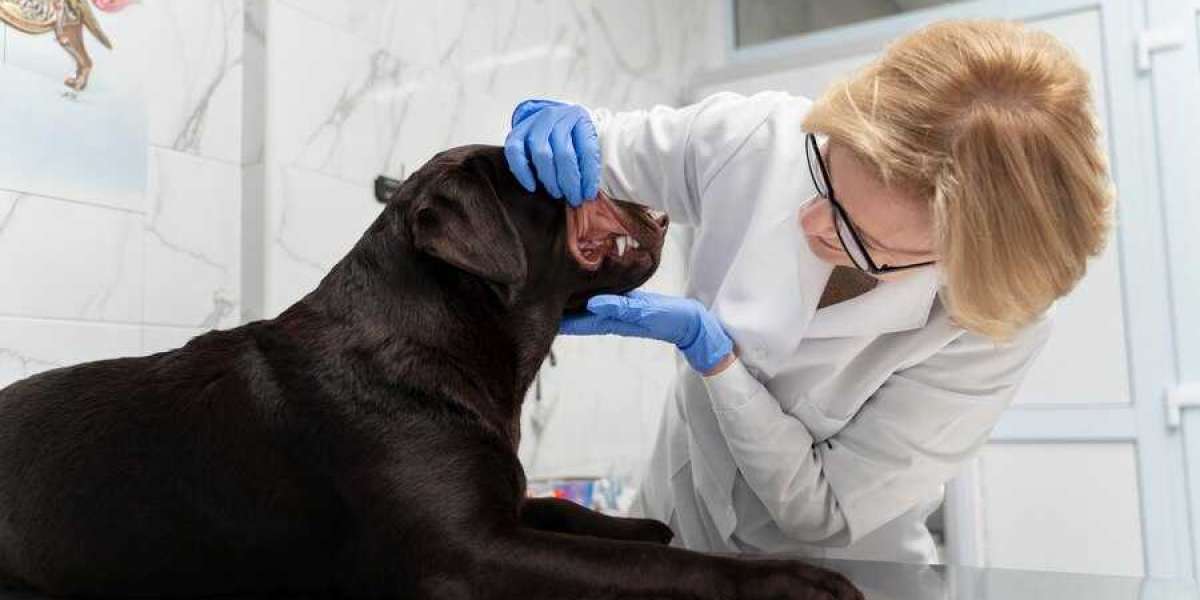custom Tissue paper printing process often appears in the printing white phenomenon, this phenomenon occurs when the operator often begins to increase the printing pressure! If the printing pressure gap is 4 mm, the gap will be reduced to 3 mm. Even so, it still shows. At this time, it will continue to increase the printing pressure, and after adjusting to 2 mm, it will be found that the cardboard has been flattened, the printing font is also pasted, but it is still exposed, which is really big.
It took a lot of time and effort, but the problem still hasn't been solved, which is really worrying. In fact, what Hexing Printing Xiaobian wants to say is that in fact, it is not that the problem is not solved, but that there is a problem in operation itself. So how do we solve the problem of printing? Let's take a look!
First, we must be prepared before printing
1, check the ink viscosity before printing the machine
A common problem in printing is that the ink viscosity is too low, which is easier to produce after multiple uses. Because in the production process, the printer often adds water to the ink bucket, resulting in a decrease in ink viscosity. Thus causing the printing white, so the ink must be tested before the machine.
2, check whether the printed version is good
If the printing plate is used for a long time or the printing ink dirt is too much, the ink transfer amount of the printing plate will be reduced, and when the ink transfer amount is reduced, the printing whitening phenomenon will often occur.
3, mesh roller
The cleaning of the mesh roller directly affects the printing situation, and a large part of the mesh roller blockage is not cleaned, so the ink carrying amount of the mesh roller is small, resulting in the printing white phenomenon.
Second, the elimination method of printing exposure
1. First detect the thickness value of the unprinted cardboard, and then check the thickness value of the cardboard after the cardboard comes out of the paper feeding unit to see if the cardboard is crushed by the paper feeding wheel. If the problem of cardboard collapse is solved first, the paper feed gap is the cardboard thickness of -0.3mm.
2, check whether the printing press is normal, you can see whether the printed page has enough ink. The hardness of the printed version is suitable for 34-36 degrees.
3, the above are correct and then increase the printing pressure value, the pressure value should not be too large, too large easy to produce printing paste, printing slow wear faster.
If you still do not understand the place, welcome to inquire, we will be professional for you to answer!
custom Tissue paper printing https://www.thpkgg.com/Tissue-paper-printing.html



